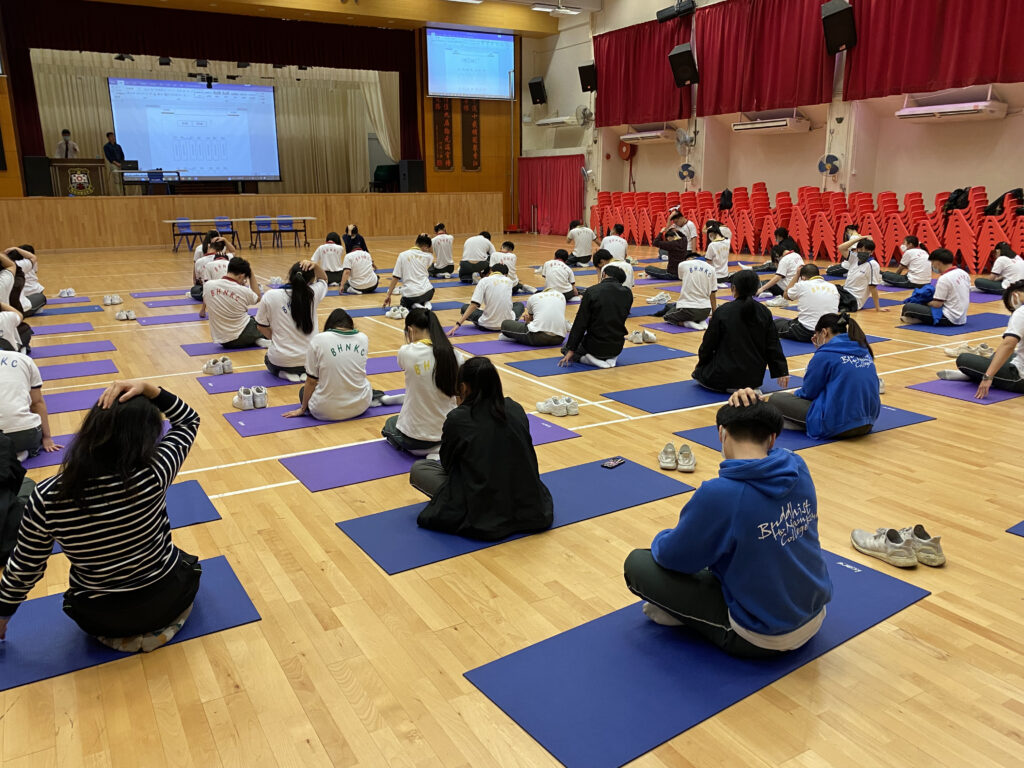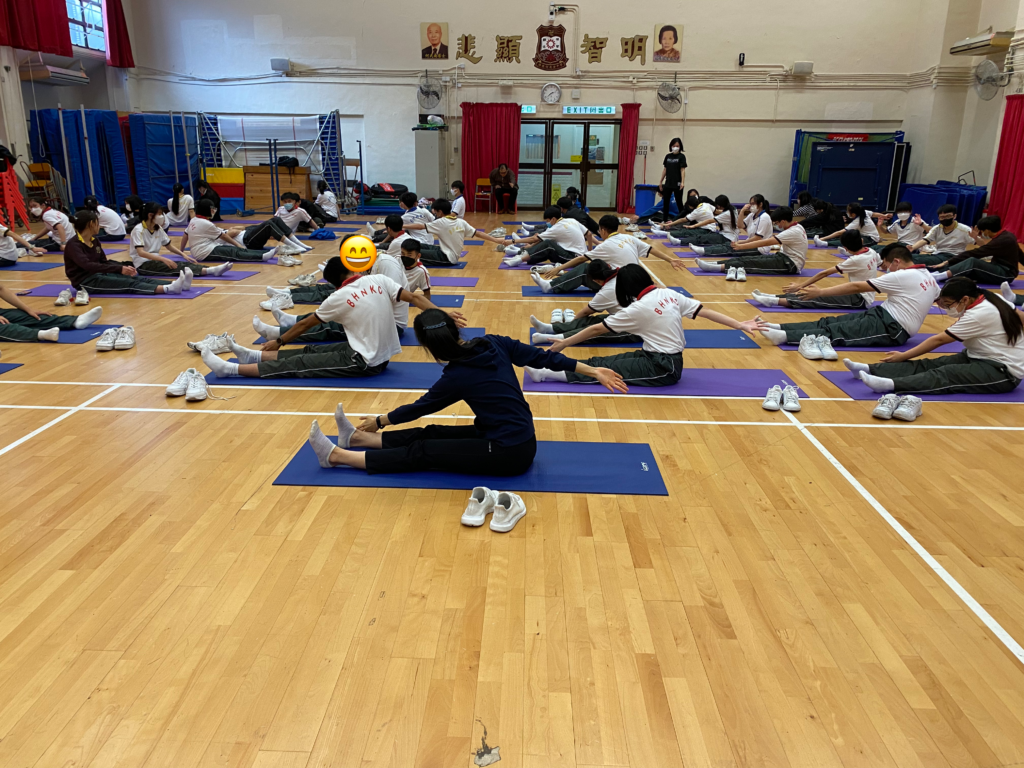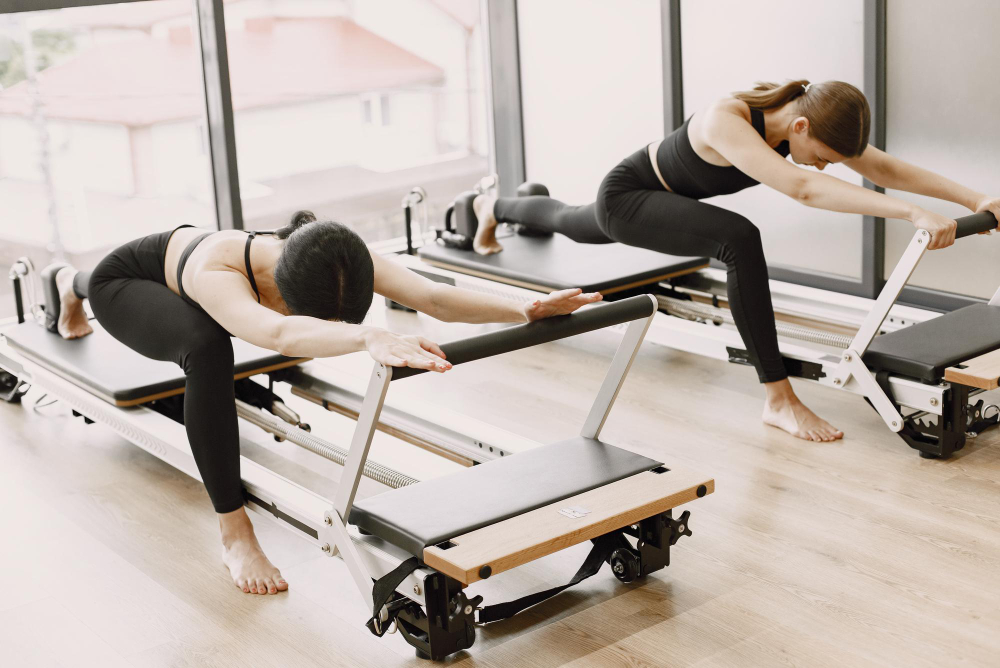Pilates 普拉提


Pilates (普拉提) is a system of repetitive exercises performed on a yoga mat or other equipment to promote strength, stability, and flexibility. Pilates (普拉提) is systematic in approach and uses breath, concentration, control, centering, flow and precision. It is invented by German-born Joseph Hubertus Pilates in around 1920s and it exploded into the mainstream by the mid-2000s
Core strength is the foundation of how Pilates works. Meanwhile, it is not restricted to specific body parts. Strengthening the core develops stability. It also creates long, strong muscles by taking advantage of a type of muscle contraction called an eccentric contraction. It can help relieve tension in one shoulders, back and legs. Having strong core muscles promotes better posture, which, in turn, can prevent or relieve the muscle tension that builds up in our day-to-day routines.
There are countless ways to modify and adapt Pilates exercises, depending on your age, weight, physical ability, and level of fitness. The exercises are designed with modifications so that people of all levels and abilities can stay safe while being physically challenged.
Pilates (普拉提) is a full-body exercise method that will help you do everything better. It strengthens and stabilizes your core body, which is your foundation, so that you can move efficiently while improving your posture, flexibility, and mobility. There are also muscle benefits—especially in the endurance realm.
Other than improvements on physical body, pilates (普拉提) has also been found to have a beneficial effect on mental health. Eight Pilates studies found that those who practiced Pilates reported a reduction in symptoms of depression, anxiety, and fatigue, as well as an increase in energy.
There are three main types of pilates :
Pilates on mat
Pilates with large equipment
Pilates with small equipment
In Hong Kong, pilates (普拉提) on mat is more common as it is more flexible to take place and it is much less space occupying. This is definitely a good entry point for newbie to try pilates (普拉提) .
Core strength is the foundation of how Pilates works. Meanwhile, it is not restricted to specific body parts. Strengthening the core develops stability. It also creates long, strong muscles by taking advantage of a type of muscle contraction called an eccentric contraction. It can help relieve tension in one shoulders, back and legs. Having strong core muscles promotes better posture, which, in turn, can prevent or relieve the muscle tension that builds up in our day-to-day routines.
There are countless ways to modify and adapt Pilates exercises, depending on your age, weight, physical ability, and level of fitness. The exercises are designed with modifications so that people of all levels and abilities can stay safe while being physically challenged.
Pilates (普拉提) is a full-body exercise method that will help you do everything better. It strengthens and stabilizes your core body, which is your foundation, so that you can move efficiently while improving your posture, flexibility, and mobility. There are also muscle benefits—especially in the endurance realm.
Other than improvements on physical body, pilates (普拉提) has also been found to have a beneficial effect on mental health. Eight Pilates studies found that those who practiced Pilates reported a reduction in symptoms of depression, anxiety, and fatigue, as well as an increase in energy.
There are three main types of pilates :
Pilates on mat
Pilates with large equipment
Pilates with small equipment
In Hong Kong, pilates (普拉提) on mat is more common as it is more flexible to take place and it is much less space occupying. This is definitely a good entry point for newbie to try pilates (普拉提) .

